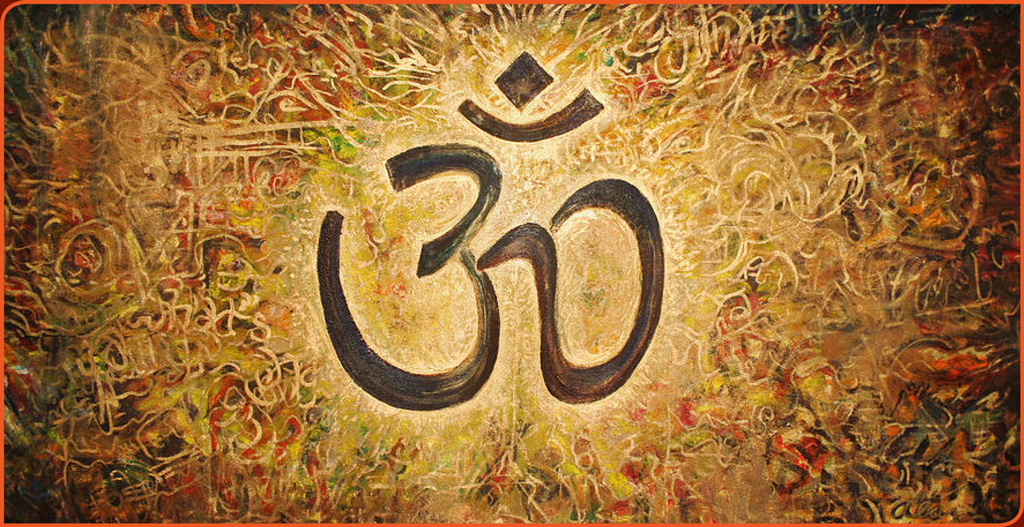Hindu philosophy is ancient and diverse, encompassing several paths to spiritual development and self-realization. Of its most significant concepts are the four yogas: Bhakti Yoga, Jnana Yoga, Karma Yoga, and Raja Yoga. Each represents a unique means of realizing union with the divine and understanding the nature of the self, testifying to Hindu Dharma’s profound regard for individual temperaments and inclinations.
Bhakti Yoga is the path of devotion and surrender to God. Bhakti yogis develop a personal relationship with a deity of their choice, such as Vishnu, Shiva, Krishna, or Devi, treating the divine as a beloved individual rather than an abstract principle. Bhakti Yoga aims to overcome the ego through love, thereby uniting with the divine. It involves prayer, chanting, hymn singing, and pilgrimage. The Bhagavad Gita refers to Bhakti as the easiest and most accessible path, underscoring the fact that devotion transcends caste, education, and social status. Bhakti movements throughout India, ranging from Mirabai’s poetry to the Alvars’ songs, have strongly influenced Indian culture.
Jnana Yoga is the path for people with a liking for philosophical inquiry and introspection. It is the path of wisdom, where spirituals pose ultimate questions: Who am I? What is reality? Through a systematic study of scriptures (śruti and smṛti), contemplation, and logical analysis, practitioners seek to realize that the ultimate reality (Brahman) is identical to the true self (Atman). Key to Jnana Yoga is the cultivation of discrimination (viveka) between real and unreal, and detachment (vairagya). Advaita Vedanta, particularly the teachings of Adi Shankaracharya, is closely tied to this path, offering a philosophy that liberation (moksha) arises from the direct experience of non-dual reality.
Karma Yoga instructs in acting without attachment to the fruit of one’s actions. Rather than abandoning the world, Karma Yogis take up their duties with enthusiasm, offering the outcome to the divine. This elevates worldly work to the level of spiritual practice. In the Bhagavad Gita, Lord Krishna commands Arjuna to battle not for himself but as a tool of dharma (cosmic order). This is the path of selfless action that cleanses the heart and destroys selfish desires, finally revealing the divine reality in all beings.
Raja Yoga, also known as the “royal path,” emphasizes mental and physical discipline to achieve self-mastery. It is outlined in Patanjali’s Yoga Sutras through the Eightfold Path (ashtanga yoga): ethical directions (yamas and niyamas), physical postures (asanas), breath control (pranayama), withdrawal of the senses (pratyahara), concentration (dharana), meditation (dhyana), and lastly, union with God (samadhi). Raja Yoga is most attractive to individuals drawn to contemplation and inner tranquility, as it systematically trains the body and mind to achieve advanced states of meditation and inner peace.
These four Yogas are complementary. Most Hindu gurus, such as Swami Vivekananda, stress borrowing from each of the four methods, synthesizing devotion, knowledge, selfless work, and meditation to suit one’s temperament and life circumstances. Effectively, the four yogas embody Hindu Dharma’s fundamental vision: that the divine is attainable in various ways, and the ultimate goal of realizing our oneness with the infinite can be achieved through love, wisdom, service, or discipline. This diversity is one of Hindu Dharma’s most significant contributions to global spiritual thought.




![[ India Today ] Ohio senator JD Vance thanks wife, a Hindu, for helping him find Christian faith](https://hinduvishwa.org/wp-content/uploads/2024/06/us-senator-jd-vance-reveals-how-his-hindu-wife-usha-helped-him-find-his-christian-faith-image-re-272530504-16x9_0-120x86.webp)










